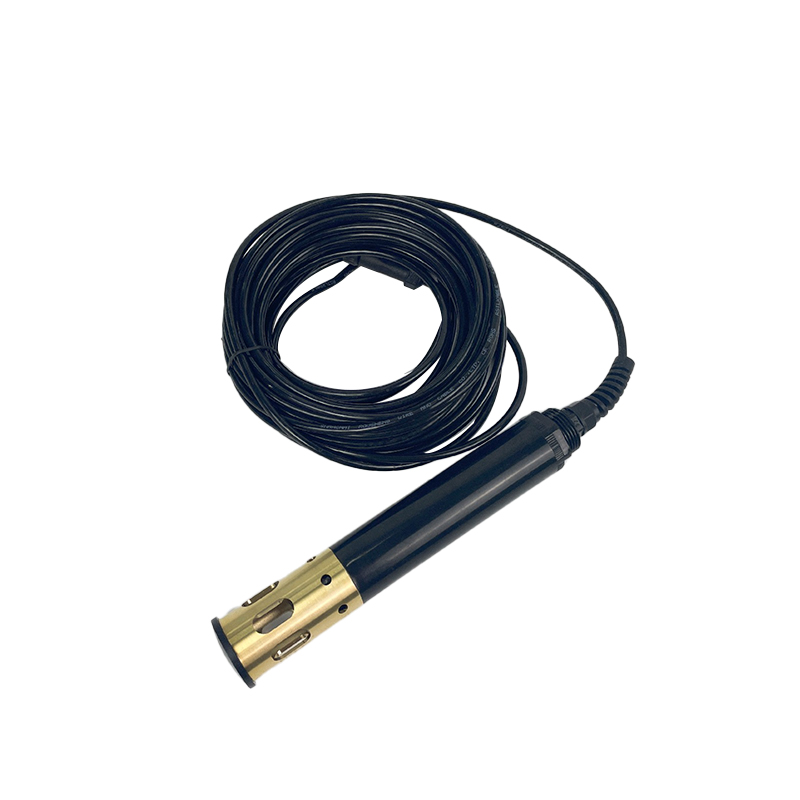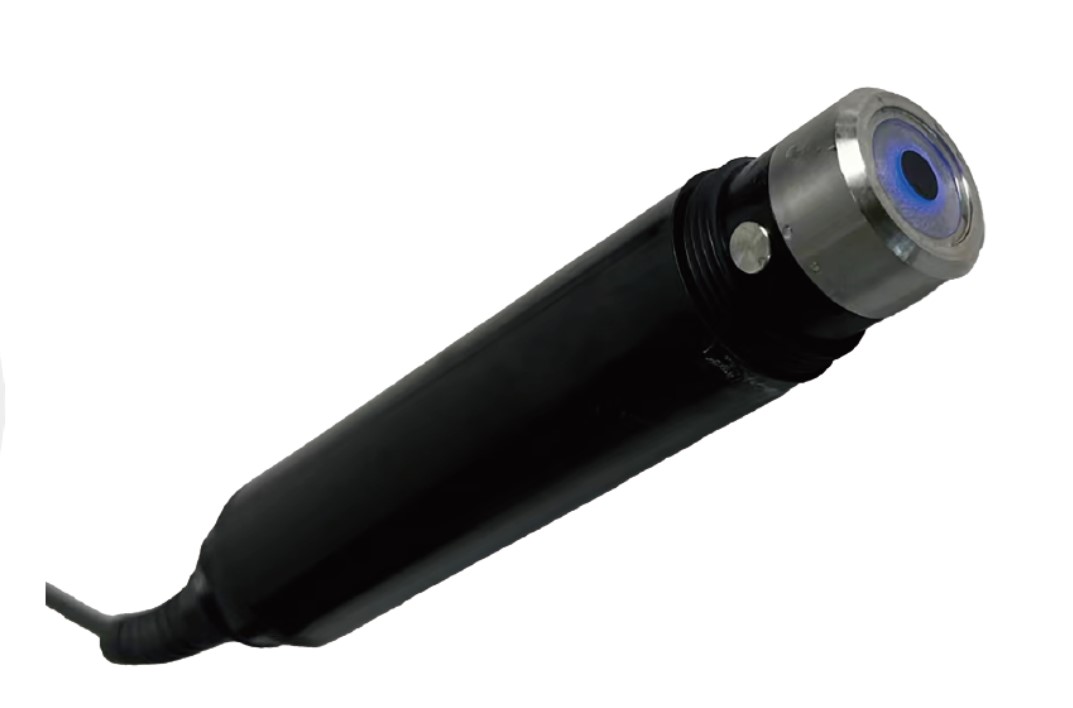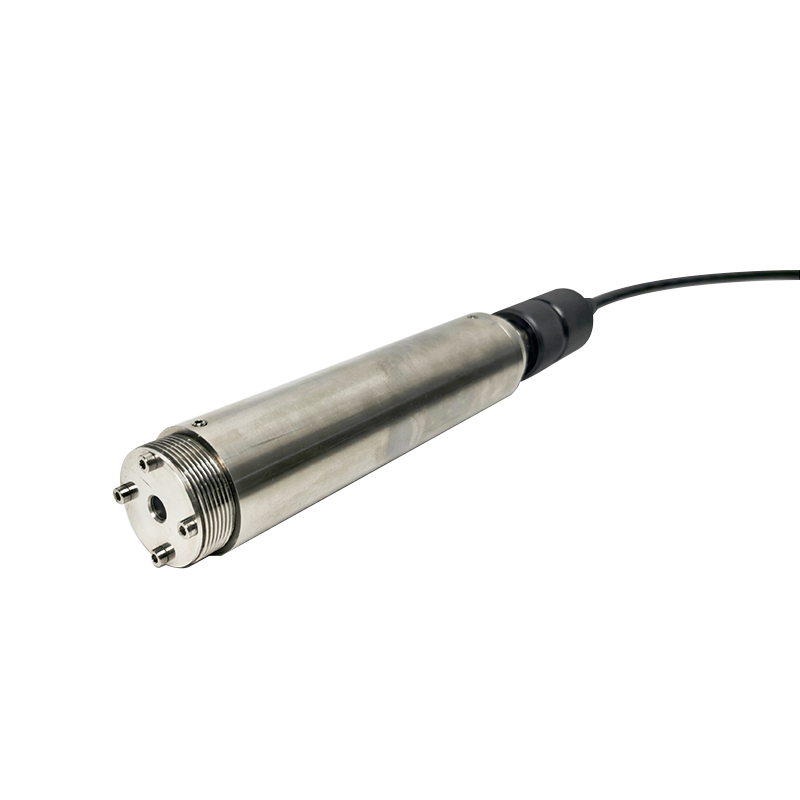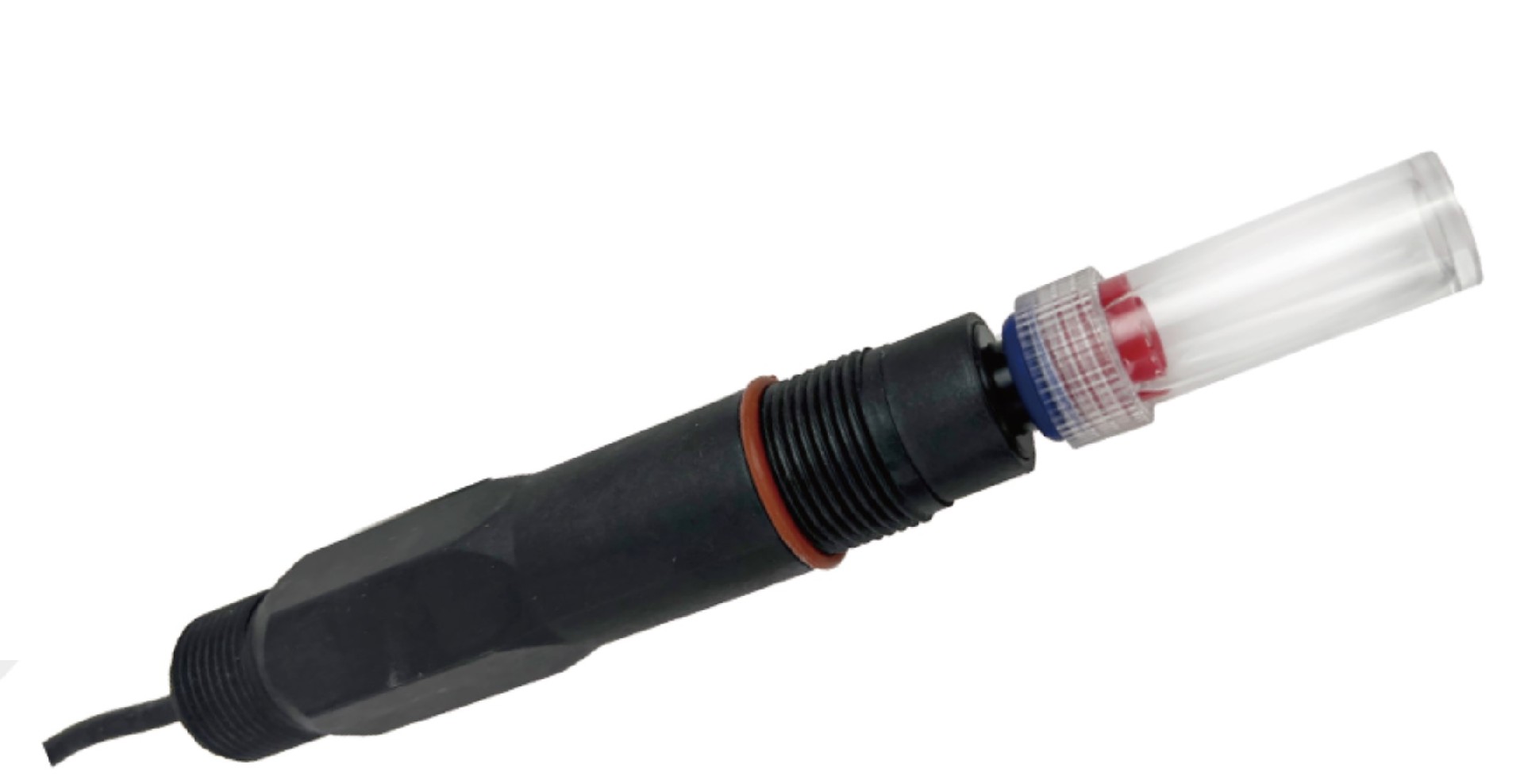Recently, multiple clients have inquired why COD sensors, ammonia nitrogen sensors, turbidity meters, and other sensors all have cleaning brushes, but dissolved oxygen meters do not require cleaning brushes?
The dissolved oxygen analyzer is a fluorescence method that does not consume oxygen, has no flow rate restrictions, does not require electrolyte, is free from maintenance and calibration, is not affected by hydrogen sulfide interference, and has excellent stability. When using the dissolved oxygen sensor, it is necessary to remove the protective cap of the wet sponge at the front end, put it on the protective cover, and then put it into the water quality measurement for reading. There are two methods for measuring dissolved oxygen: membrane method and fluorescence method. Membrane method is prone to being stuck by sludge, and sludge has little effect on fluorescence method for DO measurement.
The fluorescence dissolved oxygen analyzer is based on the quenching principle of specific substances in physics for active fluorescence. The fluorescent material at the front end of the sensor is a special platinum metalloporphyrin composite polyester foil that allows gas molecules to pass through. The surface is coated with a black light blocking material to avoid interference from sunlight and other fluorescent substances in water. Isolate the red and blue light sources and photosensitive components inside the waterproof titanium alloy casing through a sapphire light window. The modulated blue light illuminates the fluorescent substance to excite it and emit red light. Due to the quenching effect, oxygen molecules can take away energy, so the time and intensity of exciting red light are inversely proportional to the concentration of oxygen molecules. We used a red light source synchronized with blue light as a reference, measured the phase difference between the excited red light and the reference light, and compared it with internal values to calculate the concentration of oxygen molecules. After linearization and temperature compensation, the final value was output.










